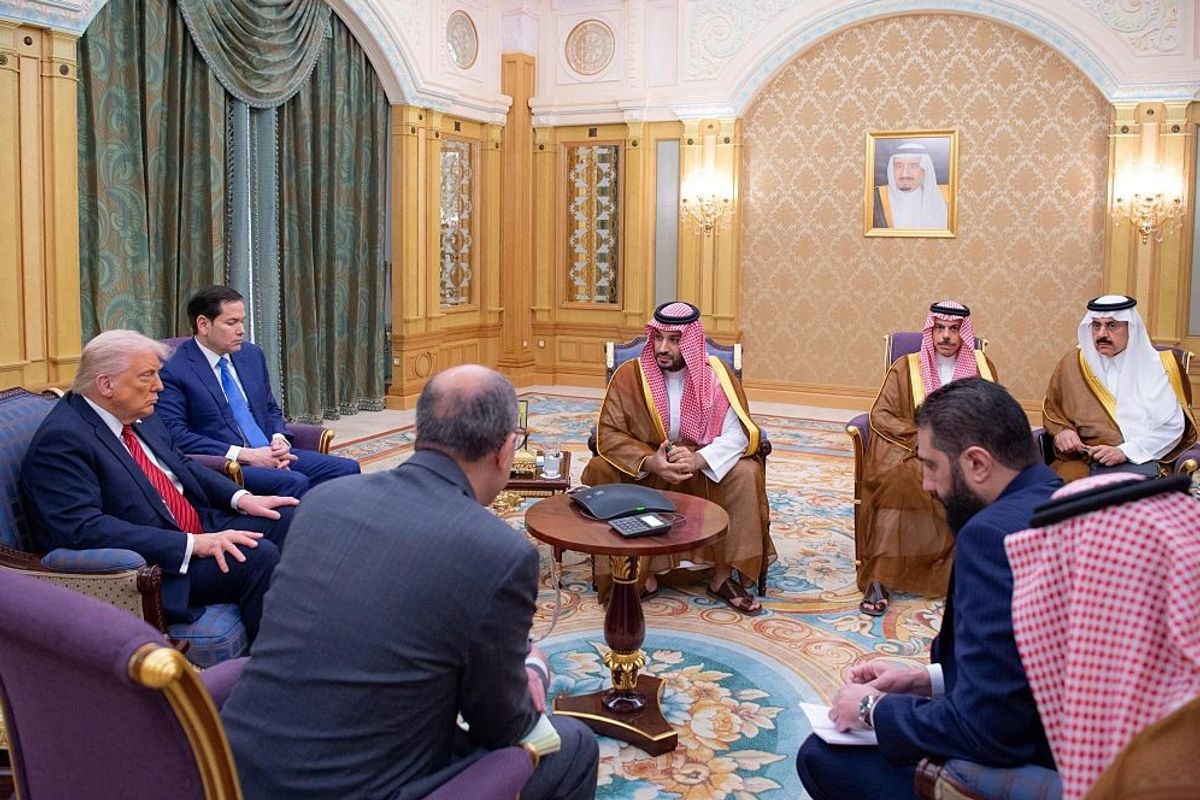Last week the image of a tiny toddler’s body washed up on a Turkish beach became symbolic of a growing crisis in the Mediterranean. Tens of thousands of people are fleeing Syria for the safety of Europe, but Europeans have mixed feelings about how or whether to receive them. Since January, an estimated 350,000 people have tried to enter Europe, according to the International Organization of Migration.
The reason hundreds of thousands of mostly Syrian refugees are fleeing to the safety of Europe is an even bigger humanitarian crisis – the war in Syria and its spillover into neighboring countries. More than half of Syria’s pre-war population or about 11.6 million people – half of them children – are on the run, displaced within Syria or living in refugee camps or among local communities in Jordan, Lebanon, Iraq and Turkey. Most of these families have been displaced multiple times and have since exhausted what little money and supplies they could carry. Competition for jobs and housing can cause tensions, but we have seen communities work together to overcome them. Refugees bring expertise, an entrepreneurial spirit and the drive to create a better life. In the long run they can be a tremendous asset to local economies.
March 2016 will mark the fifth year of non-stop violence. Mercy Corps, the agency I work for, and other humanitarian aid groups are struggling to keep up with the needs that are growing exponentially. For the last three years, we have supported programs in all the neighboring states, while also delivering lifesaving aid to civilians in Syria’s hardest-to-reach areas. Each month we help about 500,000 vulnerable people, working through local partners who operate at great personal risk. Yet millions of other Syrians are still not being reached. Only extremely desperate people would undertake the perilous journey that cost Aylan al-Kurdi, his brother and mother their lives. For those still inside Syria, they must weigh the risks of flight against the daily terror of barrel bombs and other violence.
Recently, a team of emergency responders from Mercy Corps visited the Greek island of Lesbos to document the needs on the ground. Our experts found a community that is compassionate but overstretched. Refugees are in need of all basic essentials, including food, shelter, clean water and hygiene supplies. Everyone we met had the same simple message for us: We don’t want to be here. A 24-year-old Syrian woman named Noor told us she’d paid $1,100 to take a boat from Turkey to Greece, but the engine broke down en route and some other passengers had to paddle for six hours to get the rest of the way to Lesbos. Once there she had to walk 20 to 40 miles to register. She’s four months pregnant and made the treacherous journey alone.
More than four million people have fled Syria, and we can expect to see many more leave in search of refuge as the war continues to drag on. And yet, no one is taking action to stop the war; there is no peace process in the works. In the absence of US leadership, Syria’s civil war has morphed from a home-grown rebellion against its president into a flashpoint attracting violent jihadists from the Islamic State and other extremist groups. The resulting security challenges threaten civilians and pose huge operational hurdles for humanitarian groups as we try to navigate a constantly shifting environment to deliver lifesaving aid.
Mercy Corps has responded to all the major humanitarian crises of the last several decades. But aid groups like mine are never the solution to these crises. Only a political deal can stop the violence. The thousands of people arriving in Europe every day should be a major wake-up call. We urge world leaders at the upcoming UN General Assembly this month to work harder to bring peace to Syria and the region. It is high time they took decisive action. How many more children, mothers and fathers must die in Europe or Syria to make that point?












